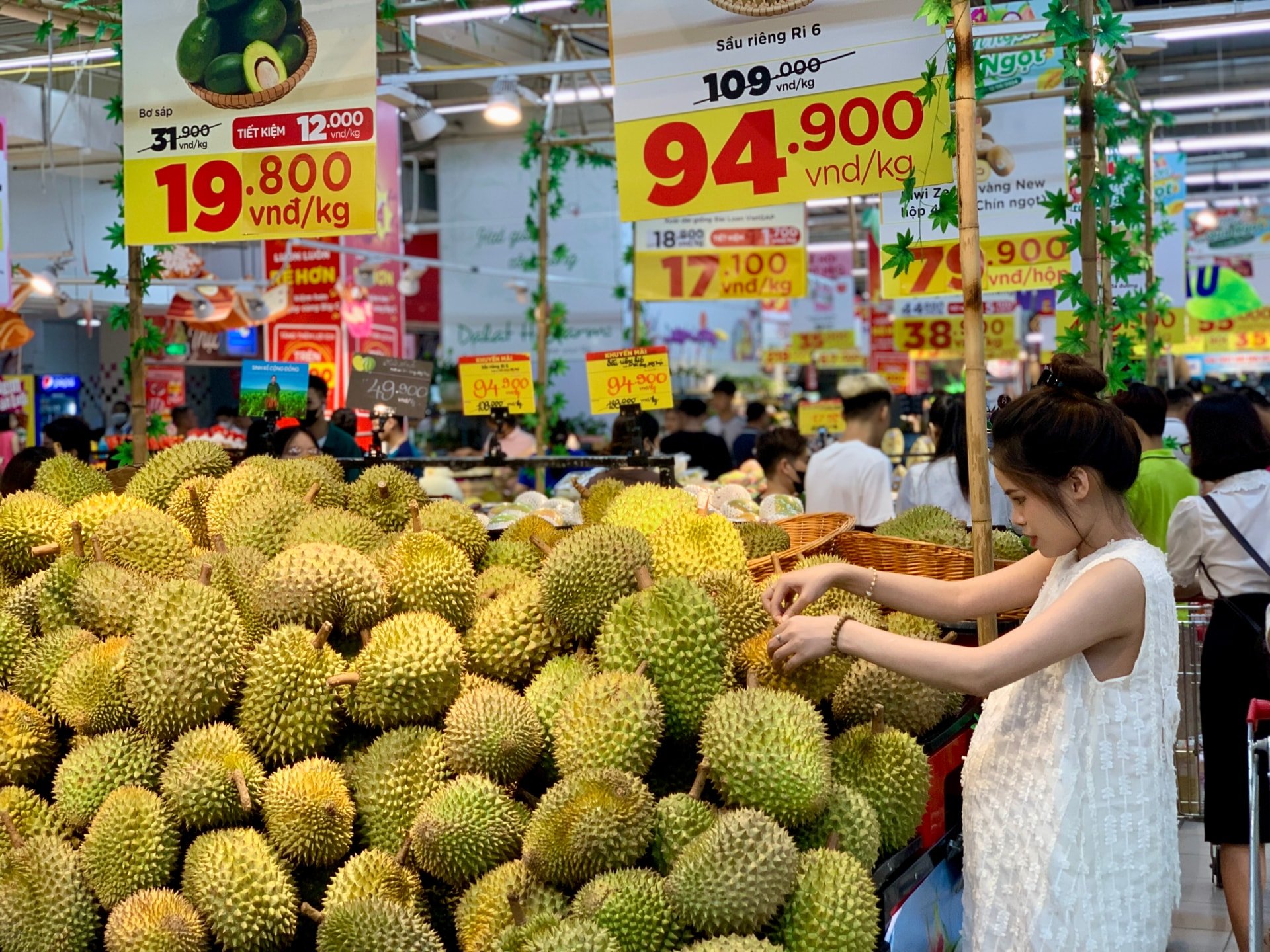
The purchase price of durian in the Mekong Delta region is as follows: Ri6 VIP durian is priced from 65,000 - 70,000 VND/kg, Ri6 type A is at 55,000 - 58,000 VND/kg and Ri6 type B durian is at 35,000 - 38,000 VND/kg, Ri6 type C is negotiable.
Thai VIP durian costs 105,000 VND/kg, Thai A durian costs from 90,000 - 95,000 VND/kg, Thai B durian costs from 70,000 - 75,000 VND/kg, Thai C durian costs 50,000 VND/kg.
Chuong Bo durian type A costs from 63,000 - 65,000 VND/kg, type B costs from 43,000 - 45,000 VND/kg, type C costs 30,000 VND/kg; Sau Huu durian type A costs 75,000 VND/kg, type B costs 55,000 VND/kg, type C is negotiable.
Musang King durian grade A costs from 130,000 - 133,000 VND/kg, grade B costs from 90,000 - 110,000 VND/kg, grade C is negotiable. Black Thorn durian grade A costs 125,000 VND/kg, grade B costs 105,000 VND/kg, grade C is negotiable.
Durian purchase price in the Southeast region: Ri6 A durian price ranges from 55,000 - 58,000 VND/kg, type B price ranges from 35,000 - 38,000 VND/kg, type C is negotiable. Thai durian type A price ranges from 90,000 - 95,000 VND/kg, type B price ranges from 70,000 - 75,000 VND/kg, type C price ranges from 50,000 VND/kg.
Durian purchase price in the Central Highlands: Ri6 A durian costs 55,000 - 58,000 VND/kg, type B costs 35,000 - 38,000 VND/kg, type C is negotiable. Thai durian type A costs 90,000 - 95,000 VND/kg, type B costs 70,000 - 75,000 VND/kg, type C costs 50,000 VND/kg.
Durian news today April 19, 2025:
The export value of vegetables and fruits in March 2025 is estimated at 450 million USD, bringing the total export value of vegetables and fruits in the first 3 months of 2025 to 1.14 billion USD, down 11.3% over the same period in 2024.
Vietnam's fruit and vegetable products are mainly exported to the Chinese market, with the export value accounting for 44.5%. The next two largest fruit and vegetable export markets are the United States and South Korea, with export value proportions of 9.6% and 6%, respectively. Compared to the same period last year, the export value of fruit and vegetable products in the first two months of 2025 to the Chinese market decreased by 38.9%, the US market increased by 65.5%, and the South Korean market increased by 0.1%.
Among the 15 largest export markets, the export value of fruits and vegetables increased the most in the UK market with an increase of 77.8% and decreased the most in the Chinese market with a decrease of 38.9%.
The decline in durian exports is the reason for the sharp decline in fruit and vegetable exports in general. The reason is that China inspects 100% of durian shipments from Vietnam. This is not only true for Vietnam but also for Thailand. Thai farmers are also petitioning the government to negotiate with China to reduce this inspection rate to about 30%.
In order to export to the Chinese market, so that Chinese consumers no longer have to worry about this problem, we need to check at the root.
The durian garden owner must take samples 10 days or half a month before cutting to check for cadmium. If there is no cadmium or yellow O, it can be released to the market for sale.
The O gold issue will be easier to control, because it is in the processing and preservation stages. Some processing facilities dip O gold in durian to beautify it. With the tightening of control on the import market, these facilities will no longer use it.
However, for cadmium, it is necessary to check from the beginning of production, which is the gardeners. Gardeners need to proactively check the quality of the soil to have a solution if the soil source is contaminated with cadmium.
Source: https://baodaknong.vn/gia-sau-rieng-hom-nay-19-4-tang-gia-nhe-249900.html




![[Photo] Anh Hoang - Dinh Duc successfully defended the men's doubles championship of the National Table Tennis Championship of Nhan Dan Newspaper](https://vphoto.vietnam.vn/thumb/1200x675/vietnam/resource/IMAGE/2025/5/23/d6ab3bcac02c49928b38c729d795cac6)

![[Photo] Top players gather at the 2025 Nhan Dan Newspaper National Table Tennis Championship](https://vphoto.vietnam.vn/thumb/1200x675/vietnam/resource/IMAGE/2025/5/23/9ad5f6f4faf146b08335e5c446edb107)

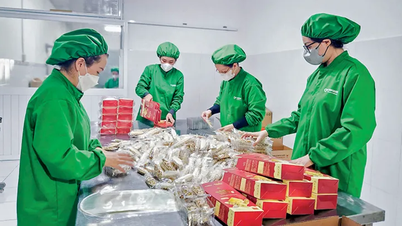


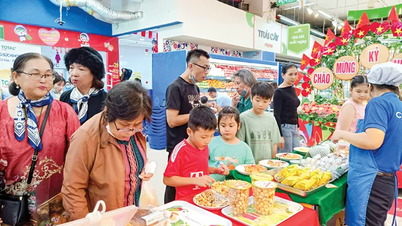








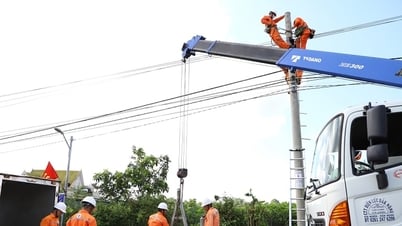



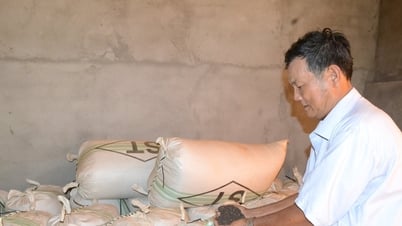




























































Comment (0)